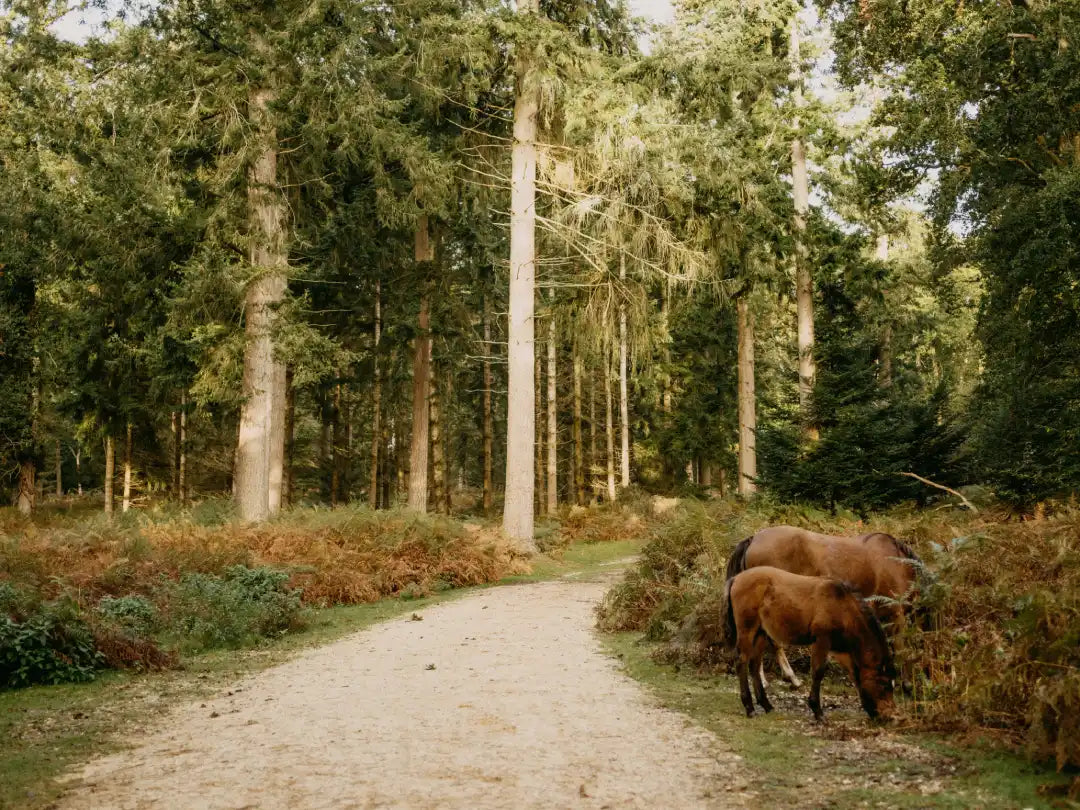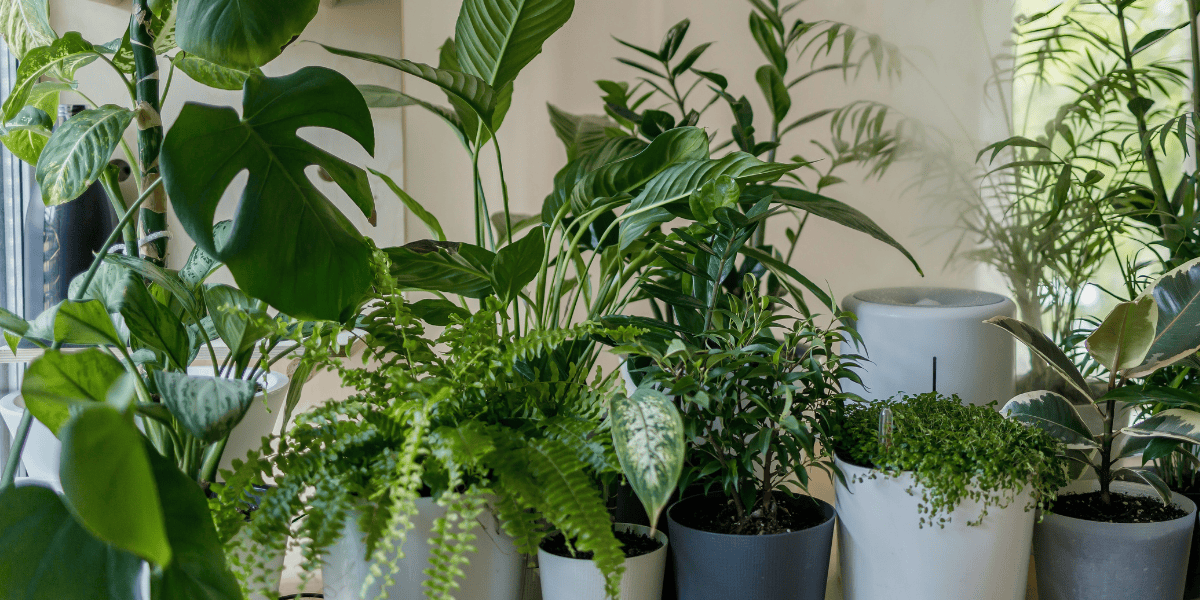Alex, Head Gardener, takes us through his composting tips.
Composting is like throwing a garden party for nature! It's not just about turning kitchen scraps into rich soil; it's about creating a bustling hub of life right in your garden. As you build your compost pile, you're inviting a whole community of fungi and tiny soil critters to get busy, breaking things down. Then come the guests of honour – worms, woodlice, and slugs, munching away and making everything nice and crumbly. This in turn attracts birds, hedgehogs, toads, and other friendly creatures. So, by composting, you're not just giving your plants a boost; you're enriching the whole garden ecosystem! Here's how:
- You can either make your own compost bin, or opt for a shop bought one.
- Nourish your compost with a blend of green and brown goodies. The secret to fabulous compost? A layered mix of green (think nitrogen-rich stuff like grass cuttings, weeds, and raw veggie scraps) and brown (carbon-rich materials like twigs, dry leaves, wood chips, shredded paper, and cardboard).
- Chop your compost materials into small pieces. This quickens their transformation into compost and generates heat that zaps weed seeds.
- A few composting don'ts – skip meat, cooked food, dairy, and pet waste to deter uninvited furry guests. If you spot rats, hold off on the veggie scraps.
- Keep your compost damp (but not waterlogged). In dry spells, sprinkle it with water. Cover it with a wooden or woolen carpet to trap heat and moisture without making it too wet. A covered heap composts faster than an uncovered one.
- Turn your compost occasionally with care, avoiding any surprise encounters with slow-worms or toads. Use gentle tools and only turn in spring and autumn to keep the peace.
- You'll know your compost is prime when it's dark, crumbly, and smells like a forest floor.
Peek under your cover now and then. You might spot a bustling mini-world: woodlice, centipedes, worms, springtails, and even slow-worms!





1 comment
This is such a great thing to do! When I lived in a flat, I hated throwing away veg scraps and peelings. Now that I have a garden, I have bought myself a tiered wormery. It’s fantastic! I make sure they have all they need – I’m always talking about my worms! Haha. I make sure they have a mix of green and brown although no grass cuttings in winter but plenty of cardboard. I occasionally add egg shells for worm health – just make sure you wash them first.